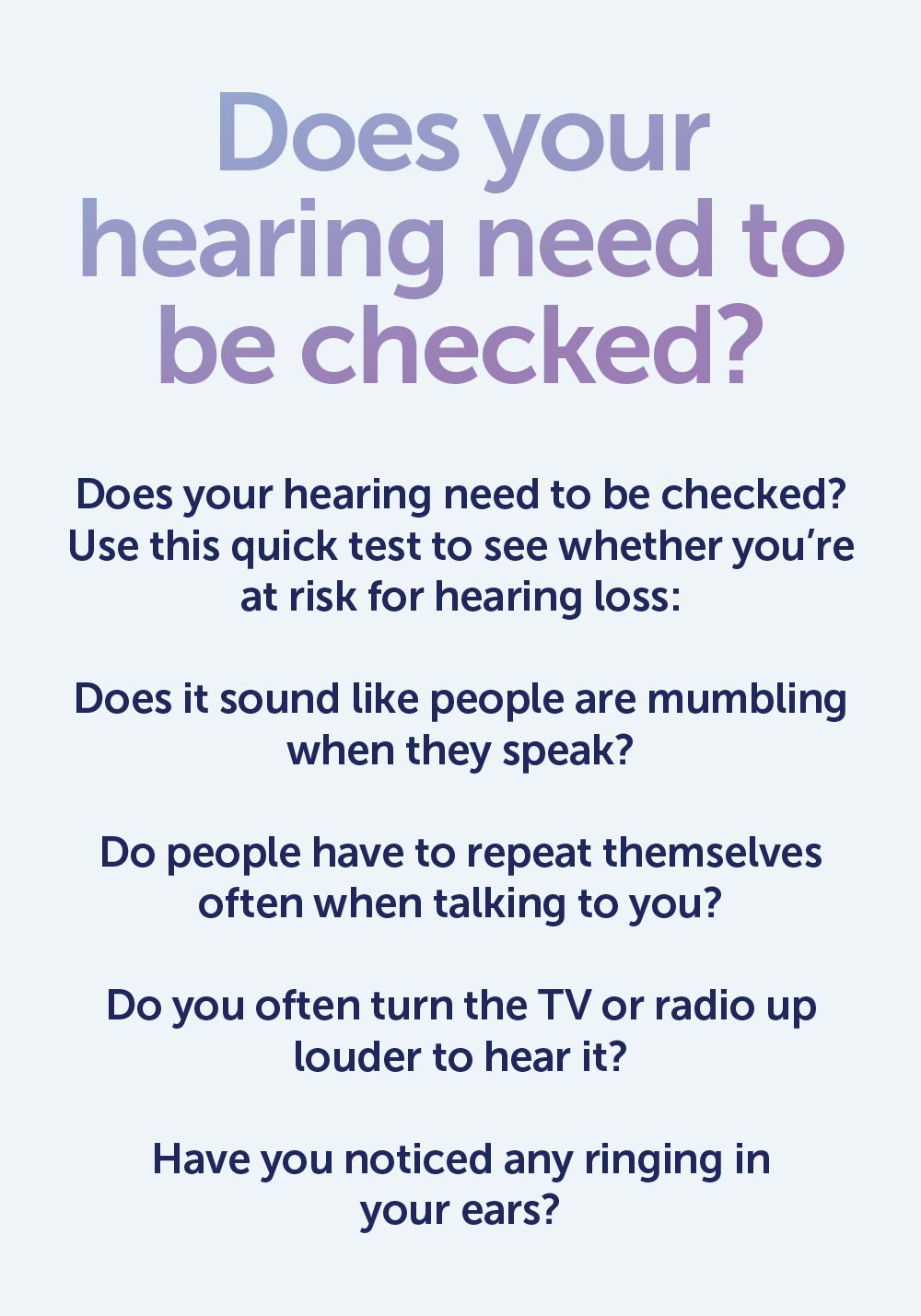Enhancing Learning: Dealing With Auditory Handling Issues In Dyslexia
Enhancing Learning: Dealing With Auditory Handling Issues In Dyslexia
Blog Article
Write- special ed test online Created By-Harrington Stiles
When you consider the challenges that dyslexic learners face, it's clear that acoustic processing issues often play a considerable function. You may wonder how customized methods can bridge the gap between acoustic directions and understanding. By integrating visual aids and damaging jobs right into workable actions, you might improve emphasis and understanding. Nevertheless, the solutions don't quit there. What other techniques can develop a genuinely encouraging learning environment that promotes success and confidence?
Recognizing Dyslexia and Auditory Processing
Dyslexia impacts roughly 1 in 5 individuals, making it one of one of the most usual learning disabilities. If you're navigating dyslexia, you might discover that it doesn't just effect analysis and writing; it can also influence just how you process acoustic information.
Auditory processing describes exactly how your brain analyzes sounds, consisting of language. When you deal with this, it can bring about difficulties in understanding talked directions and complying with discussions.
You might notice that you typically misinterpret what you hear or that it takes longer for you to respond in conversations. This isn't a representation of your intelligence; it's a particular trouble related to refining acoustic signals.
Understanding how to build executive functioning skills is essential because it helps make clear why you may master aesthetic jobs while encountering obstacles in tasks that rely upon acoustic comprehension.
Recognizing these challenges can equip you. By recognizing the complexities of dyslexia and auditory handling, you can much better advocate for your demands, whether in educational settings or social scenarios.
It's important to acknowledge these problems so you can look for the ideal support and methods in the future.
Efficient Strategies for Support
Browsing the obstacles of acoustic processing can feel frustrating, however there work approaches that can help you flourish.
By implementing these strategies, you can boost your discovering experience and improve your capability to procedure acoustic information.
- ** Make use of visual aids **: Coupling auditory directions with aesthetic supports, like graphes or diagrams, can significantly enhance comprehension.
- ** Damage jobs right into smaller sized steps **: Simplifying guidelines right into manageable portions permits you to concentrate and process information more effectively.
- ** Practice energetic listening **: Participate in workouts that urge you to listen attentively, such as summarizing what you have actually listened to or asking questions for information.
- ** Incorporate modern technology **: Use apps or software developed to assist with acoustic processing, such as speech-to-text devices or audiobooks, to enhance knowing.
Creating Helpful Understanding Atmospheres
Creating a supportive understanding atmosphere is vital for helping people with acoustic processing difficulties prosper. Beginning by minimizing interruptions in your classroom or finding out room. Usage acoustic panels or soft furnishings to take in noise, which can help trainees focus much better. Guarantee seating setups permit clear sightlines to the instructor and any type of visual help.
Next off, incorporate clear and succinct interaction. Talk slowly and make use of easy language, looking for recognizing often. Urge pupils to ask inquiries if they're uncertain. Aesthetic help like graphes, diagrams, and created instructions can enhance comprehension and retention.
In addition, foster a society of patience and understanding amongst peers. Instruct special needs school for autism regarding auditory processing concerns, advertising empathy and assistance. Group activities can be useful; simply guarantee that duties are clear and that students work together to support each other.
Finally, provide routine feedback. Commemorate development and accomplishments, no matter just how small. This encouragement develops self-confidence and enhances the idea that understanding is a journey.
Conclusion
In your trip to improve finding out for individuals with dyslexia, consider each technique as a stepping stone throughout a river. By weaving with each other acoustic and aesthetic aids, damaging tasks right into bite-sized items, and supporting a helpful environment, you aid create a bridge to understanding. Bear in mind, fostering empathy amongst peers and interesting family members can light the course to success. With patience and dedication, you'll encourage students to soar above obstacles, transforming their battles right into staminas.
